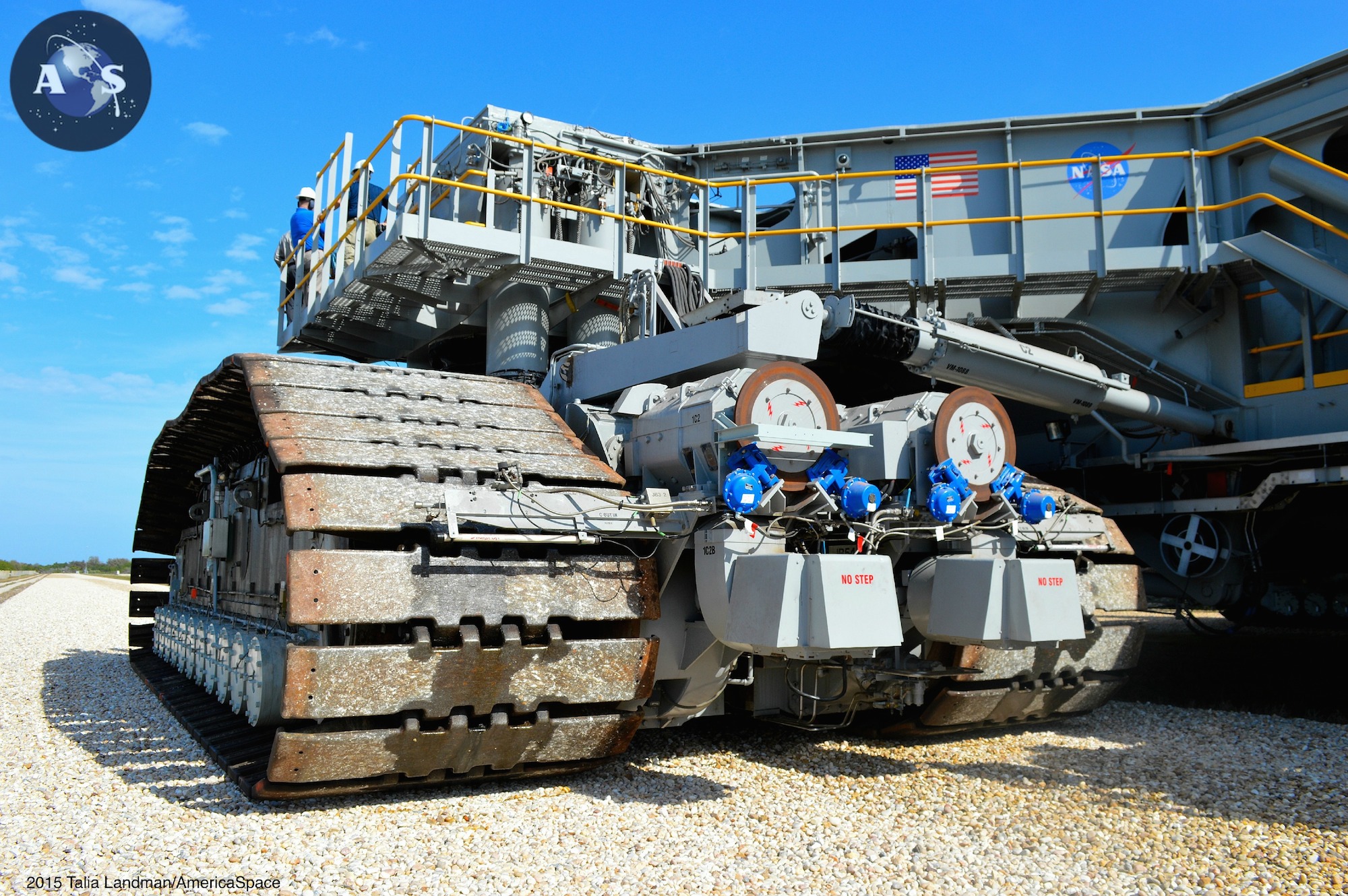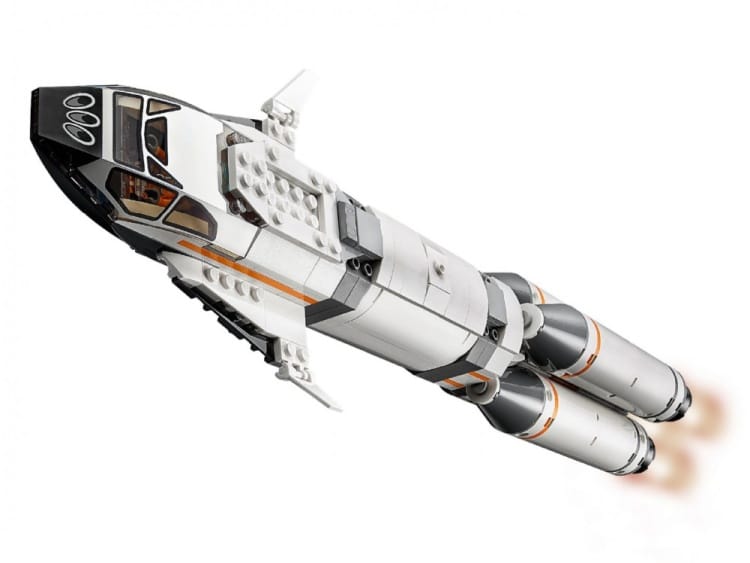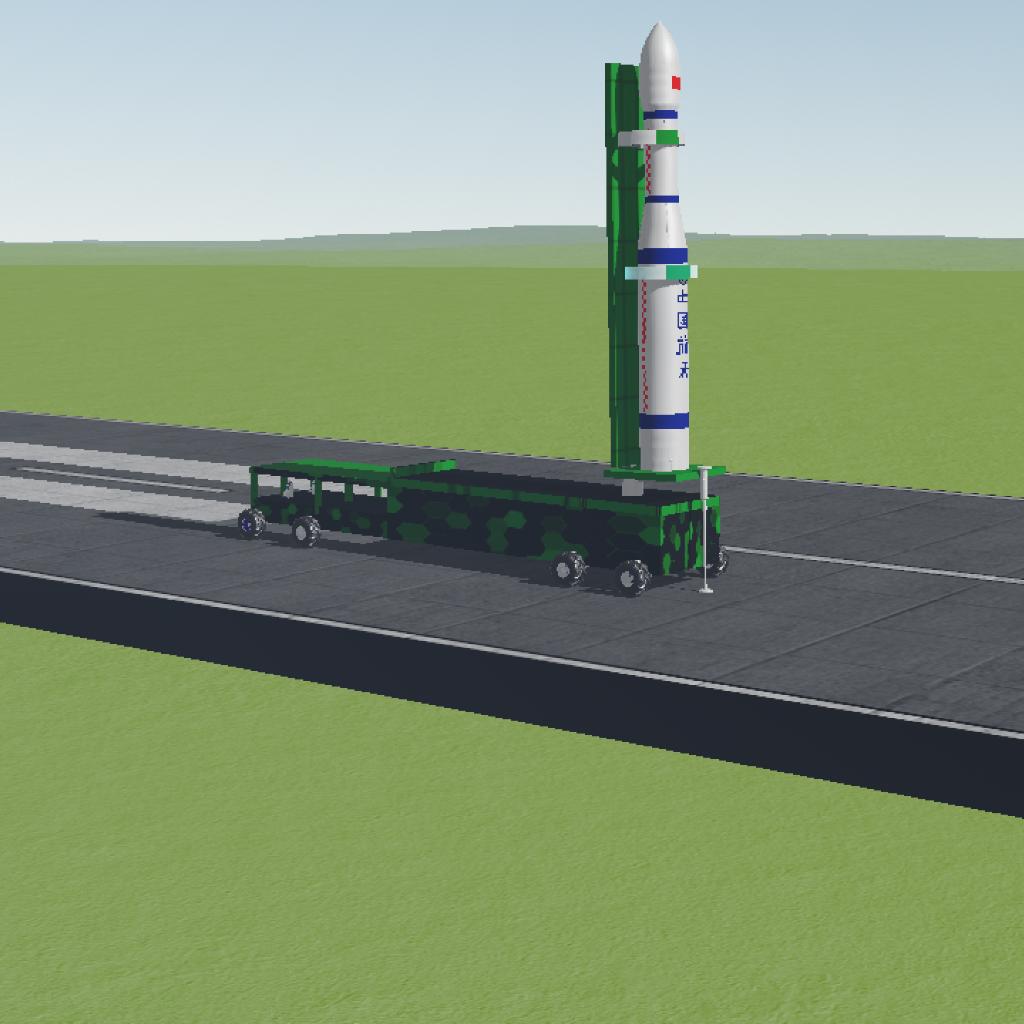
Space shuttle Atlantis moving atop the Orbiter Transporter System (OTS) at NASA's Kennedy Space Center in Florida. Its maximum speed without carrying a shuttle was 13 mph (21 km/h), according to NASA. Described then as " the Ferrari of the OTS family," the transporter topped out the breakneck speed of 5 mph (8 km/h) when loaded with an orbiter. Previously referred to by NASA as the Orbiter Transporter System (OTS), the 106-foot-long (32 m) vehicle was last used in November 2012 to move the retired space shuttle Atlantis to its museum home at the Kennedy Space Center Visitor Complex. The specialized conveyor, which SpaceX acquired from NASA, was formerly employed to move space shuttle orbiters. 24) delivered its latest launched and recovered Falcon 9 first stage from the port at Cape Canaveral to a hangar at NASA's Kennedy Space Center in Florida using a bright yellow, 76-wheel motorized vehicle. It does not store any personal data.- SpaceX's new chariot for moving its rocket stages after they return to land is uniquely suited for the job, having been used to carry reusable space vehicles for close to 30 years. The cookie is set by the GDPR Cookie Consent plugin and is used to store whether or not user has consented to the use of cookies. The cookie is used to store the user consent for the cookies in the category "Performance". This cookie is set by GDPR Cookie Consent plugin. The cookie is used to store the user consent for the cookies in the category "Other. The cookies is used to store the user consent for the cookies in the category "Necessary". The cookie is set by GDPR cookie consent to record the user consent for the cookies in the category "Functional". The cookie is used to store the user consent for the cookies in the category "Analytics". These cookies ensure basic functionalities and security features of the website, anonymously. Necessary cookies are absolutely essential for the website to function properly. Probably for the best when billions of dollars are at risk. If the crawler tilts a tiny two inches from where it’s programmed, the whole Crawler shuts down. It’s not easy when there is a 5.0-degree incline at the end of the runway track to get to the launch pads. To do this the Crawlers use laser guidance and a leveling system to keep everything steady. They were made in the early 1960s to make sure the rockets could be safely transported to the launch pad without toppling over. Speaking of the Saturn V, that icon of space exploration was the exact reason the Crawlers were built for in the first place. The SLS is a two-stage booster rocket that generates 8.8 million pounds of thrust (more than the Apollo Saturn V rocket). The plan is to have the first Artemis moon landing in 2025.

Then Artemis 2 will take actual astronauts up (sometime in 2024). Image: NASAĪrtemis 1 will send an Orion crew capsule past the moon (and back). If all goes well, the rocket will launch unpiloted Artemis 1 sometime this summer. NASA is livestreaming it here if you want to watch. It will be used in an upcoming fueling test this weekend, ferried to the launch pad by the CT-2. The key piece to Artemis is the SLS rocket.


LeBron James becomes the highest scorer in NBA history The Crawler and Artemis Moon programĬT-2 will be the workhorse of NASA’s multibillion-dollar push to get humans back on the Moon – the Artemis project.


 0 kommentar(er)
0 kommentar(er)
